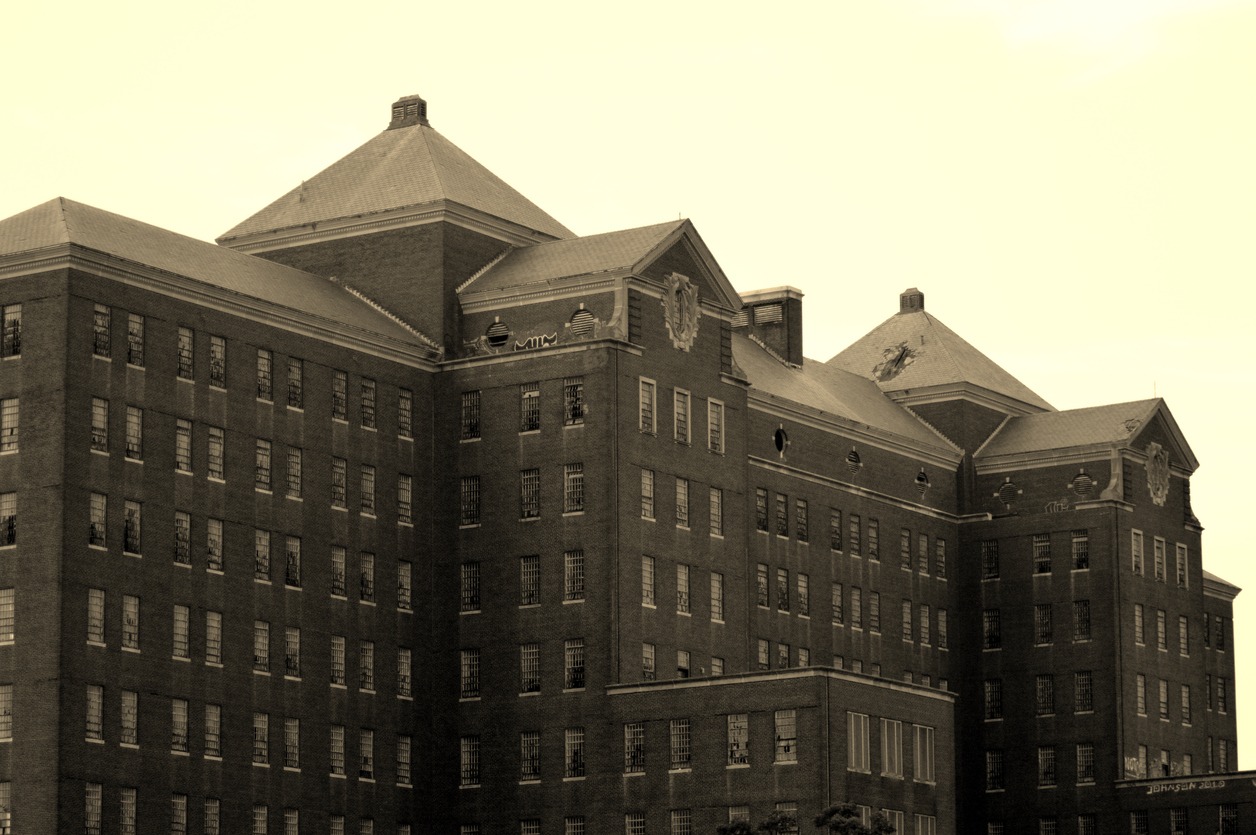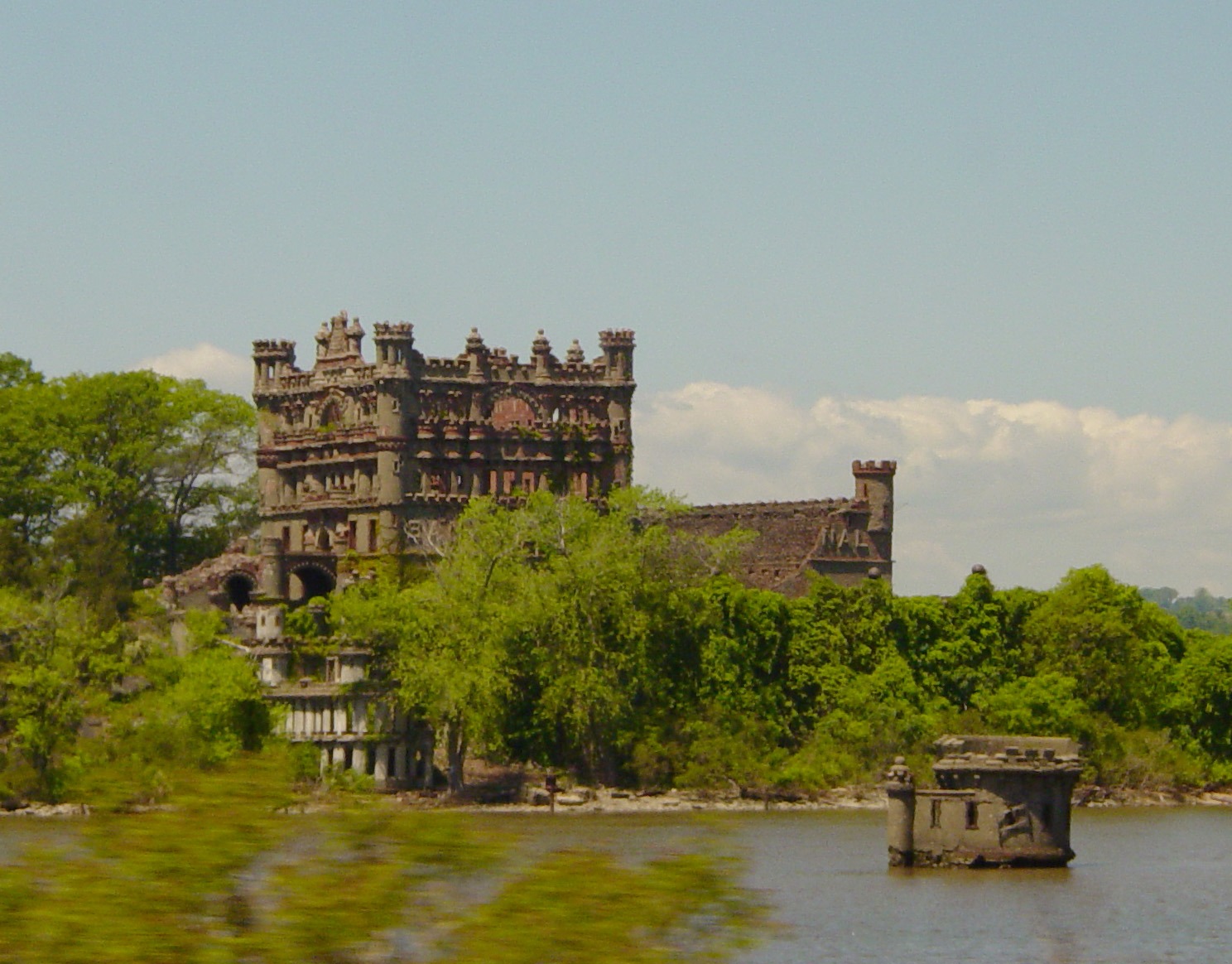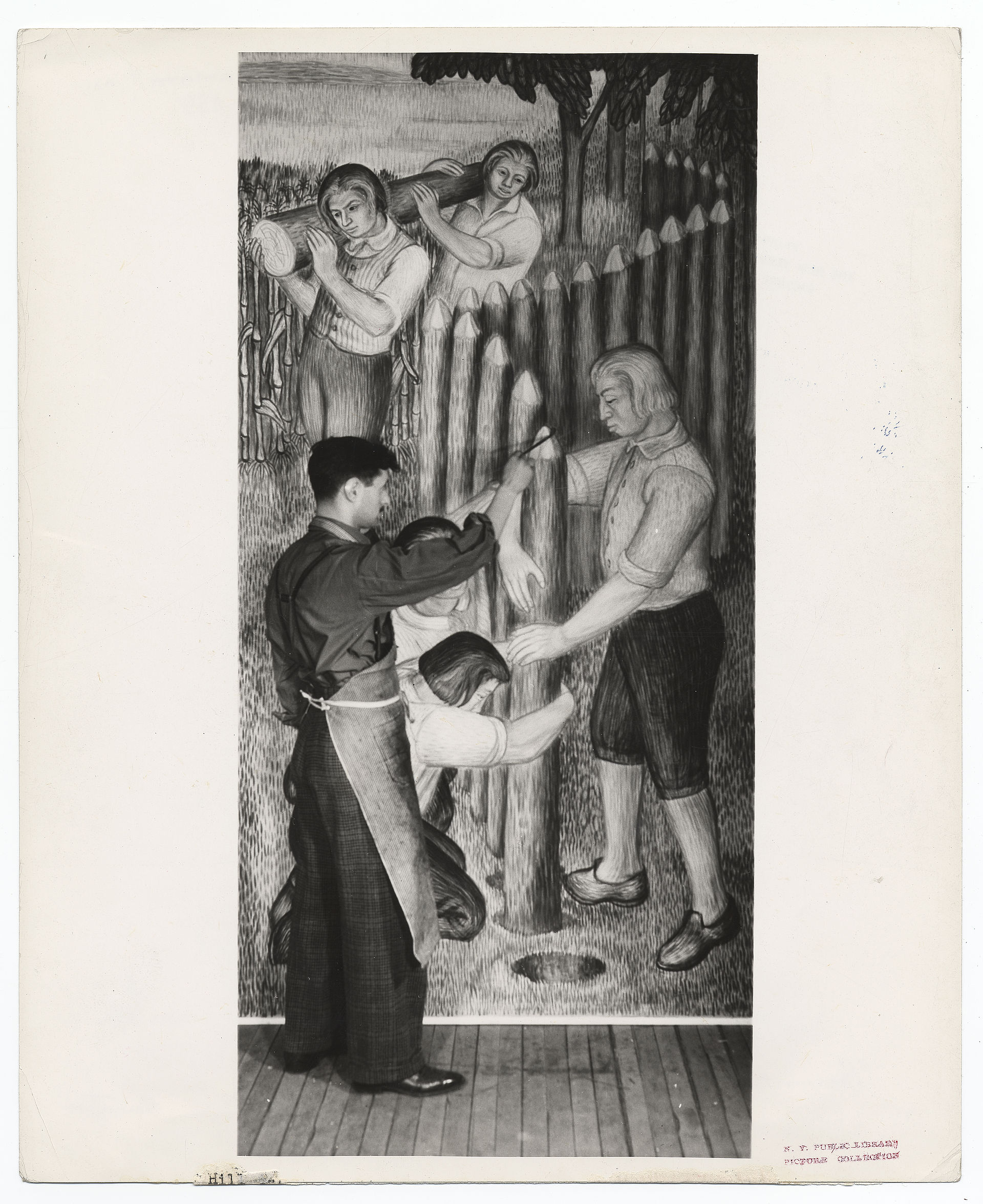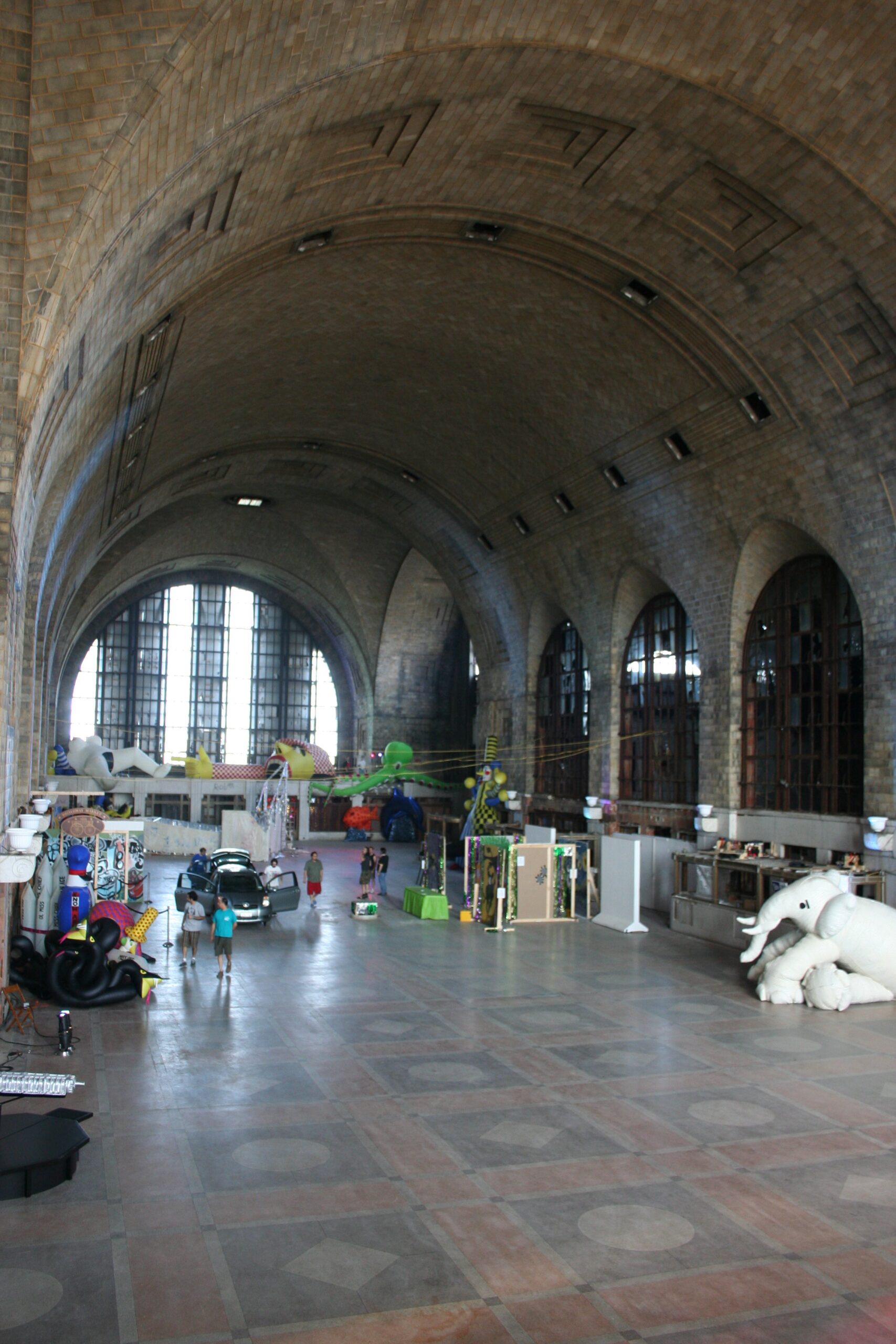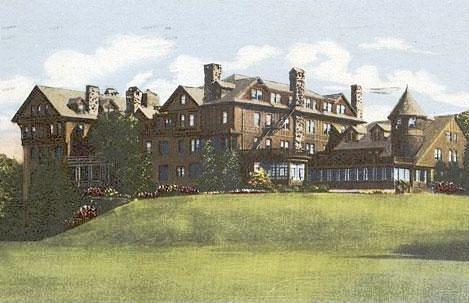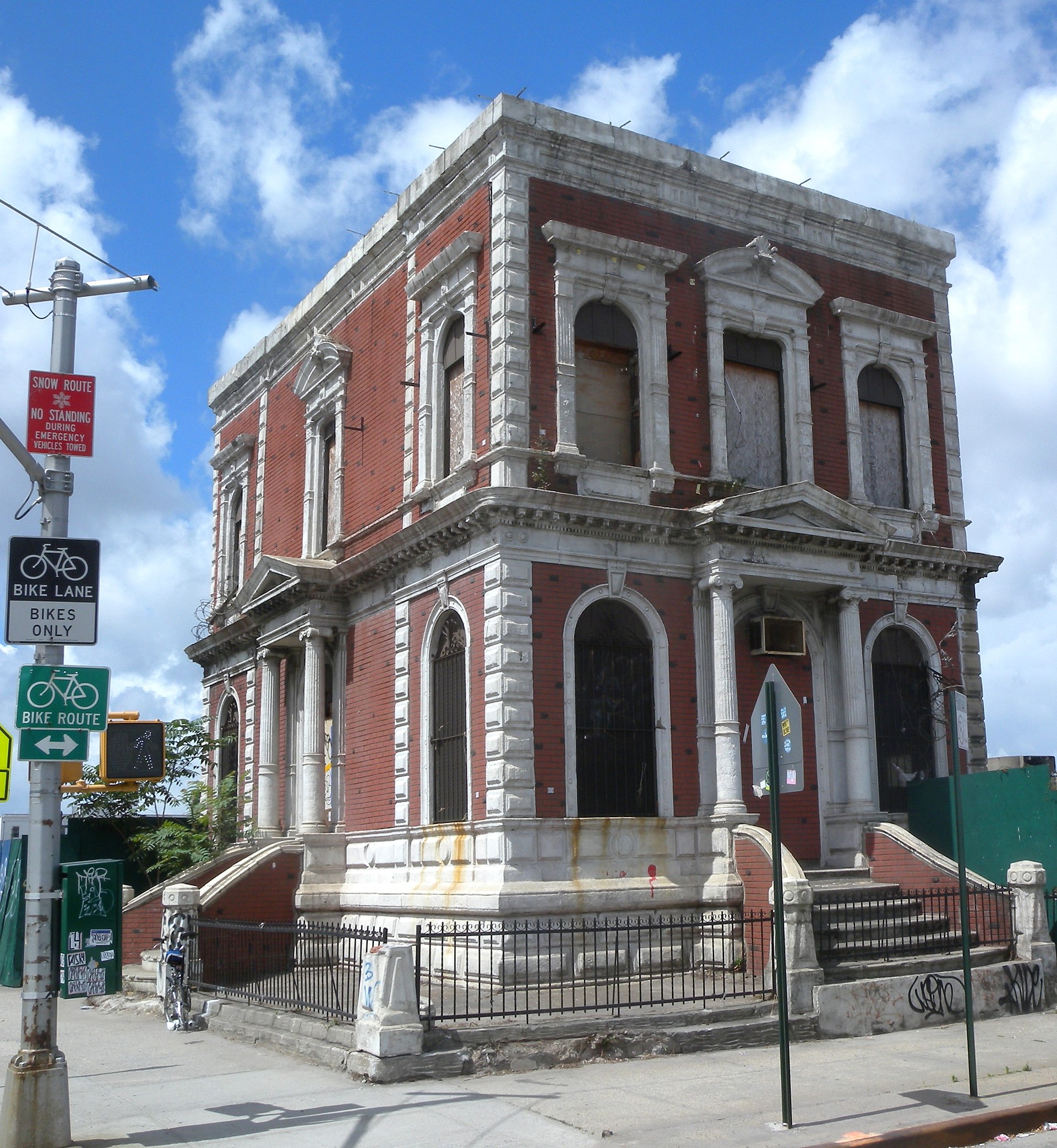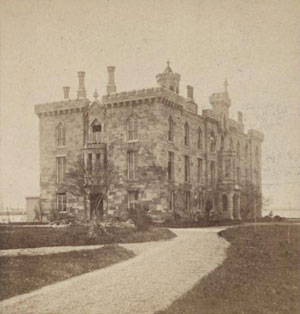New York, a state known for its vibrant life and bustling streets, also hides within its borders a collection of intriguing, abandoned places. These sites, ranging from grand estates to eerie asylums, tell stories of a past era, each with its unique narrative. This journey through New York’s amazing abandoned places will uncover the mystery and allure of these forgotten gems.
Kings Park Psychiatric Center, Long Island
Once one of the largest mental institutions in the United States, the Kings Park Psychiatric Center on Long Island represents a bygone era of psychiatric care. Closed in 1996, many of its buildings have been left to decay, creating a sprawling and eerie landscape. The abandoned structures stand as a testament to the changing attitudes and treatments in mental health over the decades.
Bannerman Castle, Pollepel Island
Located on Pollepel Island in the Hudson River, Bannerman Castle is a visually striking ruin. Built in the early 20th century by Francis Bannerman VI as a warehouse for his military surplus business, the castle resembles a medieval fortress. The island and its structures have been largely abandoned since the 1950s, suffering from fire and decay, but they still offer a glimpse into a unique personal vision and New York’s history of commerce.
Staten Island Farm Colony
The Staten Island Farm Colony was once a progressive solution for the city’s destitute, offering a place where they could live and work. Founded in the 19th century, this self-sufficient community eventually became a nursing home before its abandonment in the 1970s. The colony’s crumbling buildings and overgrown grounds now paint a haunting picture of a forgotten communal experiment.
New York Central Railroad’s Buffalo Central Terminal
Once a bustling transportation hub, the Buffalo Central Terminal in Buffalo, NY, opened in 1929 and was a significant railroad station until its closure in 1979. This Art Deco masterpiece now stands in disrepair, although efforts for its restoration have been underway. Its towering main concourse and abandoned platforms speak volumes of the era’s grandeur and subsequent decline in rail travel.
Saratoga Springs’ Overlook Mansion
Perched atop a hill in Saratoga Springs, the Overlook Mansion, or the Batcheller Mansion, is a remarkable yet lesser-known relic. Built in the late 19th century in the Victorian style, this once-luxurious private home later served as a hotel and then fell into disuse. Its intricate architecture and the surrounding overgrown gardens create a sense of mystery and lost elegance.
The Carleton Villa
The Carleton Villa was built in 1894 for typewriter magnate William Wyckoff as a summer residence and large spot for entertaining. Wycoff’s wife died of a heart attack a month before he moved in, and on his first night in the mansion he suffered a heart attack in his sleep and died. Wycoff’s youngest son inherited the villa after his father’s death, but within a few years the family lost much of their fortune in the Great Depression and the house fell into disrepair.
The villa was sold to General Electric, who planned to demolish it. Materials from the home were offered to anyone who would salvage them, so stained glass windows and whole sections of flooring were removed. Soon, World War II intervened and General Electric abandoned the property entirely. The villa, which is located on 7 acres with gorgeous river views, is currently listed for $495,000, but will require millions more to bring it back to its former glory.
Loew’s King’s Theater, New York
The restoration and expansion of the former Loew’s Kings Theatre marks the rebirth of a marvelous historic arts space. The Theatre will serve as both a cultural hub and catalyst for economic growth along Flatbush Avenue and throughout Central Brooklyn. The approximately $95 million project will create over 500 construction jobs and 100 full time jobs, not including individual production personnel.
Located at 1025-1035 Flatbush Avenue, the space is the largest indoor theater in Brooklyn, the third largest theater in New York City, and will be the centerpiece of a revitalized Flatbush.
The approximately $95 million project, which features an authentic restoration of the original 1929 design, created over 500 construction jobs and 100 full time jobs, not including individual production personnel. The Theatre will serve as both a cultural hub and catalyst for economic growth along Flatbush Avenue and throughout Central Brooklyn.
Halcyon Hall, Bennett College, Millbrook, New York
Halcyon Hall was originally built as a luxury hotel in 1890, but closed in 1901. However, the hall enjoyed a second life when, a few years later, the Bennett School for Girls moved in, making the building home and school to students from prominent families. However, with the rise of coeducational schooling, the Bennett failed to thrive, going bankrupt and shuttering its doors in 1978.
New York’s Abandoned Coignet Stone Building
Coignet Stone was the first concrete structure in New York City and may well be the last abandoned building in Gowanus. Now a two story lump of crumbling red brick on 3rd Avenue and 3rd Street, its façade was once heralded by the Brooklyn Eagle as the neighborhood’s bright spot: “Located where it is, having nothing but wooden sheds and fences to contrast with it, stands out proudly and challenges the attention of all wayfarers.”
Now the black sheep of the block, Coignet Stone’s current neighbors consist of high-rise luxury towers.
Built in 1872 by William Field and Son, Coignet Stone was constructed to showcase Beton Coignet, a French concrete popular for being cheaper than natural stone. The concrete was produced on site at a five acre factory complex which extended along the Gowanus Canal called the New York and Long Island Stone Company, one of the first firms in the United States to industrialize the production of concrete. Briefly enjoying a huge success, they produced the arches and clerestory windows in St. Patrick’s Cathedral, as well as the base construction for the Metropolitan Museum of Art and the Natural History Museum.
Bankrupt just a decade later, the factory closed in 1882 and the building became the office of Edwin Clark Litchfield’s Brooklyn Improvement Company. Legend has it Litchfield built an underground tunnel connecting his new office with his villa six avenues up in Prospect Park. In 1957 Litchfield gave up the office, and after a brief new life as the Pippin Radiator Company, the once beloved little structure was left for dead, and has since acquired its present state of decay.
Red Hook Grain Terminal – New York
Since 1965, the Red Hook Grain Terminal has been out of service. What was once a key part of Brooklyn’s industrial waterfront now rots at the mouth of the Gowanus Canal. The building is made up of a series of dilapidated silos, grain elevators and other infrastructure that’s pretty incredible to look at. The spot is off-limits, but plenty of adventurous photographers have explored the space.
The Abandoned Grossinger’s Catskill Resort And Hotel
The Grossinger’s Catskill Resort And Hotel has been left to rot for years! Grossinger’s Resort in the Catskill Mountains of New York is probably best-known as one of the inspirations for Dirty Dancing, Patrick Swayze’s star vehicle. During its heyday in the 1950s and ’60s, Grossinger’s was one of the jewels of the “Borscht Belt,” one of the preeminent tourist destinations in all the world. Its stages attracted the best comedians, such Mel Brooks, Danny Kaye, and Jackie Mason. It was visited by famous sports stars and boxer Rocky Marciano even trained there. The ballroom saw many black-tie dinners and dancing into the wee hours. The hotel was like a city unto itself and even had its own landing strip.
Business fell off precipitously in the 1970s, when young people began to flock to tropical destinations like Hawaii and the Bahamas, turning a blind eye to stodgy institutions like Grossinger’s. The hotel limped along for a few more years before finally closing its doors in 1986. More than 25 years later, only the golf course remains open.
Grossinger’s has become a popular spot for “urban explorers.” The photos they take paint an eerie picture of decayed glory. Graffiti abounds, fixtures have been torn from the walls, and plaster and broken glass litter mildewed carpets. Offices are stacked with paperwork dating from the Reagan administration. Easily the most surreal part of the hotel is its natatorium, which boasts an Olympic-sized swimming pool. Trash sits in a few brackish inches of water in the deep end. The greenhouse effect of its massive windows has caused a fecund growth of moss, weeds, and ferns amidst the scattered deck chairs, proving once and for all that nature finds a way.
Interestingly, the Catskill Mountains is also where the world’s oldest forest is located. If you want to know more about this forest, you can check out our article, Learn About the World’s Oldest Forest Discovered in the Catskill Mountains.
The Secret Train Platform Under the Waldorf-Astoria in Manhattan
The Secret Train Platform Under the Waldorf-Astoria in Manhattan
Track 61 is an abandoned, once secret train platform beneath Waldorf-Astoria hotel in New York City. It was once used by VIPs -most famously by Franklin D. Roosevelt- who wanted to make an entrance or exit the hotel without being seen or having to go through New York’s traffic. A private elevator, existing even today, was large enough to to fit Roosevelt’s armored car and lead it to the hotel’s garage.
The secret platform was first used in 1938 and in 1965 Andy Warhol threw a fittingly named ‘Underground Party’. By 1978, the platform was known as one of the many places in Grand Central Terminal where squatters lived. Today, the train car which used to carry Roosevelt is parked abandoned in the track which is not accessible to visitors. It remains however a “holy grail” for many urban explorers.
The Haunted Abandoned Willard Asylum – New York
The Willard Asylum, located in Willard, New York, opened in 1869 and operated until 1995. This sprawling complex has a haunting history, having been a home for patients who were considered incurable. Now abandoned, the asylum holds the memories and stories of thousands of lives that passed through its doors.
It was listed on the National Register of Historic Places in 1975. The property once included farmland that was farmed by the residents. The nearby cemetery is the final resting ground for over 5000 souls, many which are said to still haunt the asylum.
The Mysterious North Brother Island, New York
Between the 1880s and the 1930s, North Brother Island was the site of Riverside Hospital, where those suffering from infectious disease were treated in isolation. After World War II, it served as a housing community for returning veterans and their families. In the 1950s and early 1960s, it became a juvenile drug treatment center.
Located in the East River near the Bronx, North Brother Island was once the site of the Riverside Hospital, which treated smallpox and other quarantinable diseases. The island is most famous for being the place where “Typhoid Mary” was forcibly isolated. Today, it is a bird sanctuary, with the hospital’s decaying structures overtaken by nature. Now the island stands abandoned and haunted!
The Haunted Renwick Ruins – New York
This is the Smallpox Hospital (also referred to as the Renwick Ruins, Renwick Small Pox Hospital and the Maternity and Charity Hospital Training School) located on Roosevelt Island in Manhattan, New York, United States.
The Renwick Smallpox Hospital was designed in 1854 by architect James Renwick Jr. in a Gothic Revival Style. Renwick Hospital was three stories and a nine-bay U-shaped structure. The building facade was made with granite veneer in a random ashlar pattern over load bearing rubble masonry.
Renwick Hospital opened in 1856 when the area was known as Blackwell’s Island. It was often used to house and quarantine the large outbreaks of smallpox that would occur in New York City, most notably due to the arrival of infected immigrants. 100 years later in the 1950′s the 100 bed hospital closed when the Maternity and Charity Hospital Training School moved locations.
There is an ongoing $4.5 million stabilizing project to help revive the buildings as they are deteriorating quickly and in 2007 the North Wing section collapsed. Once this is completed it will be open to the public.
Conclusion
New York’s abandoned sites are more than just relics of the past; they are storytellers of history, culture, and the changing tides of time. These places, ranging from lavish resorts to eerie asylums, offer a unique window into forgotten chapters of New York’s narrative. They remind us that even in a state constantly looking towards the future, the past is never far behind, etched into the landscapes of these amazing abandoned places.

